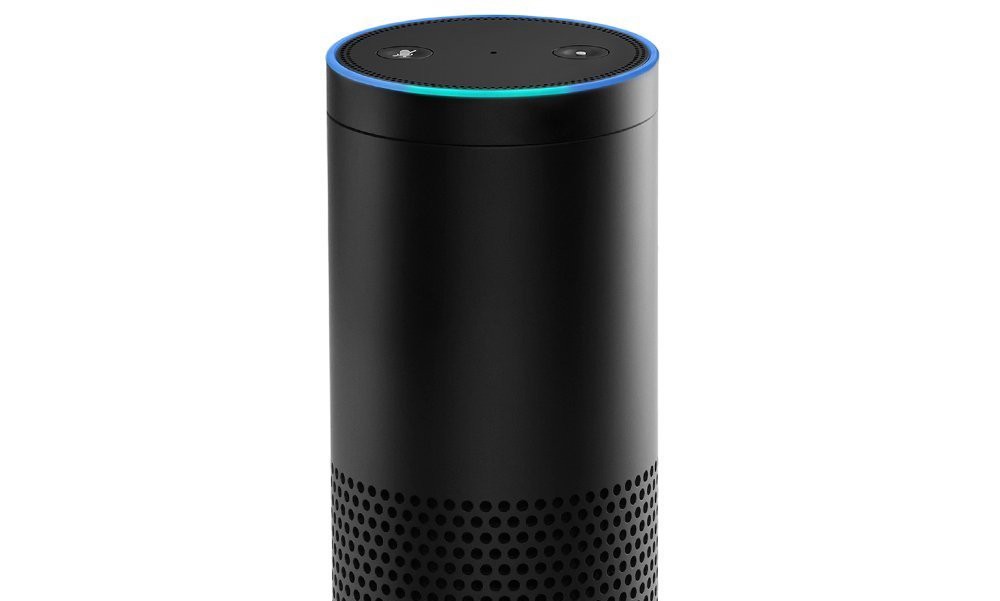The old way of designing brands is in desperate need of a rethink, writes Edenspiekermann’s Paul Woods.
A couple years ago, I was interviewing for a job as digital design director at a (well-known) branding agency. After the usual pleasantries, we landed on the details of what the role would entail. To my dismay, the agency’s interpretation of “digital” was simply putting a new logo onto website mockups at the tail end of an extensive guidelines document. It was clear that digital was very much an afterthought in their branding process and that the position was not for me.
This lack of understanding about the role of digital was disappointing, but unfortunately it was not surprising. Most friends of mine working at branding agencies use the same top-down, siloed process. And let’s be clear, I have a lot of respect for their talent and the great design work they do. But, I believe that the old way of doing things—developing the strategy, then designing the brand and then the application—is in desperate need of a rethink. At a time when brand experiences are often based upon touch, sound, and voice, how can a branding process that starts out from a purely visual perspective ever possibly succeed?
With that in mind, here are the three big topics that branding agencies need to address to stay relevant in a digital world:
1. DON’T TELL ME, SHOW ME
Increasingly a brand is defined by what a product actually delivers, not by how the marketers tell us how we should feel about it. Don’t tell me, show me. Spotify gives me easy access to a world of music. Do I care what it looks like? Probably not, once it has a great user experience. In fact, it would probably work equally as well as a white label app. For the user, the brand is defined by what it does, not by its logo or color palette.
It comes down to this: Which comes first, the product or the brand? And who actually cares? Like Spotify, Facebook, or any other product that grew organically from MVP outward, by the time it comes to actually “branding the product,” it probably already has significant traction in its respective market and a solid user base. Even without a formally initiated “brand design process,” a startup’s digital product already has established its brand, not through abstract principles, but through real application and user experiences.
2. FROM LOGOS TO BRAND MARKS
Never before has the role of the logo in a brand process been so uncertain. When the line between brand and product design become increasingly blurred, what constitutes the key mark of a brand has shifted remarkably. Digital interactions are becoming increasingly less visual and a person’s primary interaction with a brand may be based upon touch, interaction, or even sound alone. This throws the idea of a logo into question.
The notion of a brand mark will live on, that is certain. But the form these brand interactions take may not be visual at all.
Here’s a brand mark:

Google loading animation

A brand that has its own voice: Amazon Echo
Even without a logo, this audio branding would need no introduction:
3. BRANDING THROUGH THE BACK DOOR
I have worked at several digital agencies, and lately I’ve seen a massive increase in the “branding through the back door” approach. By this I mean a rebrand that comes about through organic development of a product or application, rather than the traditional method of branding from the top down (strategy, then brand, then logo, and then application). The process looks something like this:
- Digital agency hired to work on clients’ digital properties.
- Projects go live.
- Separate from this process, a branding agency is working on an extensive rebrand in an isolated silo.
- Rebrand is at odds with the realities of executing it in digital (who would have guessed that a complex logo wouldn’t work as a 30-pixel-by-30-pixel icon on mobile?).
- Rounds of costly revisions ensue.
- Client stakeholders realize the gigantic chasm between a 763-page PDF style guide and the realities of creating a digital product.
- Client fires branding agency and the 763-page PDF is quietly discarded.
- Digital agency creates new “common sense” brand guidelines based on digital executions.
Is this a perfect approach? For a digital agency happy to be disrupting the old way of doing things, it certainly is good for business. But even though the old branding model is dated and needs to be questioned, the “branding through the back door approach” lacks the big picture that a traditional branding process offers. Digital agencies also need to shift away from simply providing digital services and instead move toward a consultation model. The model of future successful brand agencies is a hybrid approach of digital and brand, neither one prioritized over the other.
THE HYBRID AGENCY
The future of successful branding agencies in a digital world can be approached in two ways:
1. Branding agencies need to move toward a truly integrated model that doesn’t just tell people to buy shit, but instead makes things that people want to actually use. The modern brand agency needs to build meaningful brand experiences, not preach guidelines from a tower of 763-page PDF guideline documents. Don’t tell me, show me.
2. Digital agencies need to move toward a role of long-term partnership with their clients. Not simply being service providers. While branding agencies may face threats from digital agencies, digital agencies also need to be aware that their industry is changing—the days of simply designing websites or apps for clients is over. Offering consultation services to clients is no longer optional in a world where websites can be generated by Squarespace and other white label services.
Branding was never just about a logo, picking fonts, or a fancy color palette. Those were just different ways businesses interacted with people. Now, whether you have a logo or a non-visual interaction, what’s below the surface— the brand core —is still the same. The days of lengthy PDF style guides might be over, but branding is as alive and well as ever. Who will steer the future of the industry however—be it the old branding agencies or new digital disrupters—is still very much up for grabs.
This article first appeared in www.fastcodesign.com


